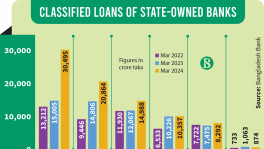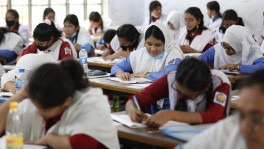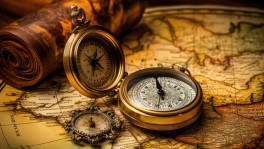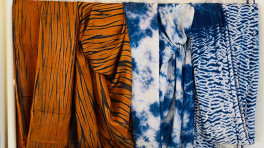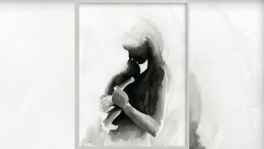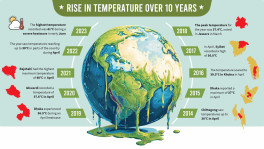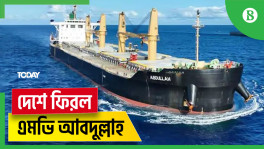Which countries will benefit most from an IMF SDR increase
SDRs are the IMF's reserve asset, and are exchangeable for dollars, euros, sterling, yen and Chinese yuan or renminbi

The world's top finance ministers are set to back a new $650 billion allocation of the International Monetary Fund's own currency, Special Drawing Rights, to help low-income countries hit by the coronavirus pandemic.
We explain what SDRs are, how they are used and which countries could benefit the most.
What are special drawing rights?
SDRs are the IMF's reserve asset, and are exchangeable for dollars, euros, sterling, yen and Chinese yuan or renminbi. An allocation of SDRs requires approval by IMF members holding 85% of the total votes. Because the United States holds 16.5% of the votes, Washington's view is decisive.
So far, the IMF has allocated SDR 204.2 billion, equivalent to roughly $285 billion.
How do they work?
The IMF issues SDRs to its member countries' central banks as a reserve asset – i.e., an asset they can easily exchange for hard currency with another central bank. Most central banks voluntarily carry out the exchange but, if not, the IMF has the power to decree who must accept the SDRs.
The value of an SDR is set daily based on a basket of five major international currencies: the U.S. dollar (42%), the euro (31%), the Chinese yuan (11%), the Japanese yen (8%) and the British pound (8%).
A new SDR allocation can be done very quickly. Once there is enough support among the international community, the formal IMF process only takes a couple of months. In 2009, the IMF officially proposed an SDR allocation to its board in early June and countries received their SDRs at the end of August.
How much is the increase going to be?
A draft of a G20 communique to be released later showed leaders have given the green light to a $650 billion SDR issuance. That is bigger than the $500 billion that had been seen as likely earlier in the year.
Economists at Morgan Stanley say there is a practical reason for the size. The IMF does not have any specific limits on SDR allocations, but U.S. law limits the size of an SDR allocation that the Treasury Secretary can accept and vote for without pre-approval by Congress.
It cannot be more than the size of the U.S. quota in the IMF. This effectively limits the size of any single SDR allocation to about $680 billion.
Who will benefit the most?
Since SDRs are allocated pro rata in relation to a country's IMF "quota", the distribution is heavily skewed towards the bigger and richer countries that arguably have the least need for it. The United States, European Union and United Kingdom alone would receive nearly half of the new liquidity.
Analysts estimated that a $650 billion increase will deliver roughly $21 billion in added reserves to low-income countries. It could be much higher if the richer countries, which will receive around $400 billion from the allocation, lend on or donate some of their new SDRs.
Analysts at Citi have calculated the increase will more than double Zambia's reserves and increase Zimbabwe's more than six-fold. It is also good for countries like Argentina, Turkey, Sri Lanka South Africa, Pakistan and Nigeria, which will also see a 10% to 20% boost to their FX reserves.


 Keep updated, follow The Business Standard's Google news channel
Keep updated, follow The Business Standard's Google news channel
